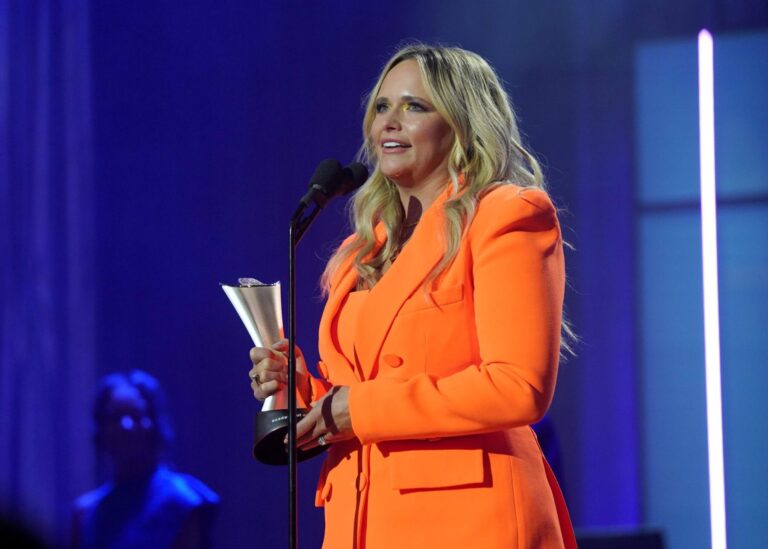Mackays transform land
DAIRY farmers talk about quality quite a lot.
Quality pasture, quality cows and quality milk are the bedrock of any dairy operation.
But ask Peter and Wilma Mackay why they have planted thousands of trees and shrubs on their Poowong East property and they will tell you it’s about quality of life for them and their animals.
Trees mean shade and shelter for their Holstein herd, which means happier cows and improved production. They also create a better place to live and work.
“If we hadn’t put the trees in and done all that work, it would be nowhere as appealing as it is,” Peter said.
“In fact, it’s one of the things that had probably kept us here.
“It has been a lot of work to make this place what it is today, but it’s who we are.”
The rolling hills of Poowong East would have been picture postcard country when the Mackay’s bought Arnum in 1974.
On closer inspection, however, the farm was bad for business and bad for the environment.
Eroded gullies were infested with noxious weeds.
Combine that with poor to non-existent fencing and a laneway system that could have been part of the Paris to Dakar rally, the young couple had their work cut out.
Once the ragwort, thistles and blackberries were under control, the first of countless trees and shrubs were dug into the fertile Strzelecki Ranges soil.
“We started planting trees in 1975 and we’ve done more every year since,” Peter said.
“Every year we have planted trees where we reckon they would do the most good.”
Those early plantings were done with plenty of enthusiasm, but little science. But that’s the problem with being a step ahead of everyone else: you can’t follow in anyone’s footsteps.
“It was a shotgun approach; there were bits of everything, so some of the early plantations are just eucalyptus. There is no understorey, but the later ones have been done with the proper indigenous species and they look a lot better for it too.”
While today’s dairy farmers can make use of DairySAT (Dairy Self Assessment Tool)- an interactive online service that helps farmers assess the environmental needs of their land while maintaining a productive working farm, Peter and Wilma used a kitchen table, printed map and pencil to plan their strategy.
Later they did a whole farm planning course as part of a Farmcare project, which gave them more direction with their strategic thinking.
“DairySAT would have been a great tool to use, but we managed the old fashioned way,” Peter said.
As pioneers of on-farm regeneration in the area, the Mackays soon had the “experts” using their farm as a case study of how to protect and repair hilly land.
Landcare first used the property as a demonstration farm and then returned to help the Mackays make further inroads into their long-term project, which was the overall development of the farm.
With Landcare, Melbourne Water and Australian Trust for Conservation Volunteers pitching in with plants, expertise and manpower, those early days of hard slog soon became a better organised and far more social slog.
“You get a big enough group and they can really plant some trees in a day. You get the right day and it can be a very rewarding experience,” Wilma said.
“The last lot of planting we did was with family, with Peter’s sister and her partner, some exchange students and a neighbour.
“A day spent together planting trees can be really enjoyable and a bit of a social occasion.”
All this tree planting and fencing takes time and money, but that doesn’t mean it has been at the expense of the farm business.
In 1997, they were awarded the Port Phillip Hanslow Award for sustainable land use and management.
The Mackays’ herd is second to none in production and quality, while their pastures are always among the best in the district.
A key to their business strategy was the construction of a roofed feed-pad or loafing barn that sees cows taken out of the paddocks before they cause pasture damage in the winter months.
It was a risky strategy when they built the 61m x 24m barn back in 1994, but it has paid for itself many times over in subsequent years.
It’s the same common sense approach that saw them install an effluent system which allows for the spread of valuable nutrients back onto the farm.
Both are good examples of how the Mackays have never separated what is good for the environment and what is good for their farm business.
Their revegetation projects are done with the same mentality: it’s good for the herd and good for wildlife.
“It’s really rewarding to actually see a farm become, not just a place of business, but something really beautiful.
“It’s something that gives you peace of mind that you have done your bit.”
Short URL: /?p=6554







